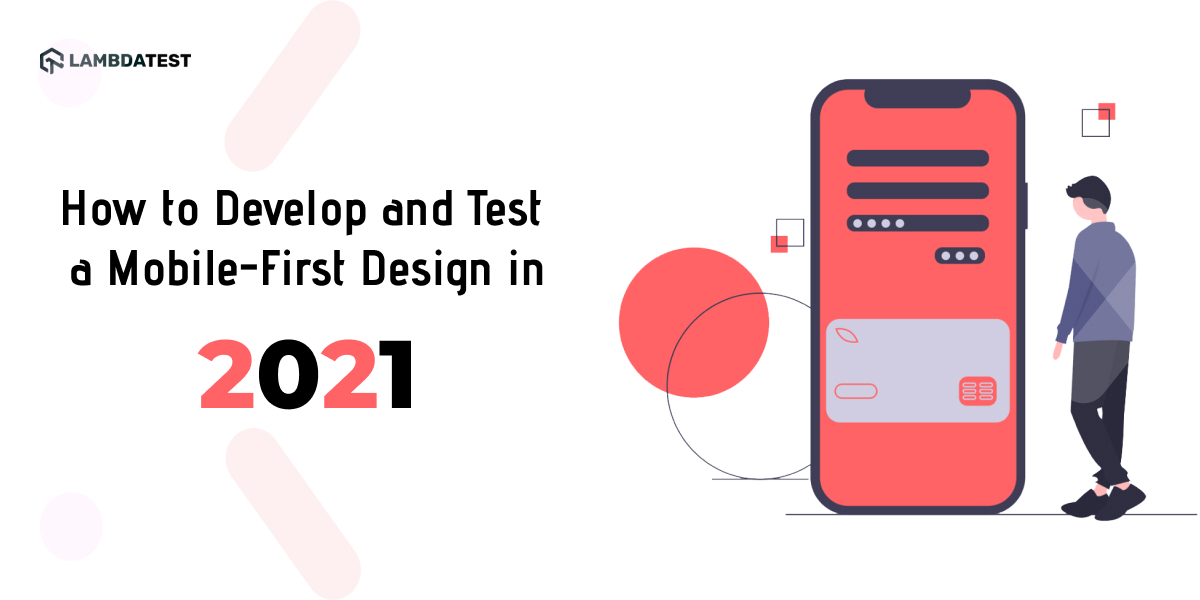
The elements of website are all elements that the visitor will see. They are: Content, Navigation, Imagery, and Colors. This article will cover these elements and show how they are all connected to make the website pleasing to the eye. Start with our free ebook - The Elements of a Site.
Content
The content of a website plays several significant roles. It's the stuff people actually read so it's crucial to have high-quality material on your website. Written content is the most important part of any website. As a rule of thumb, you should aim for between 650 to 3,000 words per web page. Websites with less that three hundred words per site are considered "thin" and don't rank highly in search engines.
Navigation
Your visitors' needs must be considered when you design your website. You must make navigation easy by using clear links and arranging content in a clear order. Your navigation should clearly show the links between pages. It should also encourage users to perform the actions that they desire. These are some helpful tips for designing better website navigation. This article was revised in October 2020. This article is intended to provide information only. It should not be considered complete or final.

Imagery
The right images can draw the audience's attention and convey the story of your company. Your website can be enhanced with your photos and illustrations. Try to use the same color scheme, saturation, and mood throughout your website. This will ensure that visuals flow seamlessly and aid the viewer in understanding what you are trying. When choosing images, use the most appropriate ones for the theme and style of your website.
Colors
Keep the color theory in your mind when you choose the colors for the elements of your website. Contrasting colors can be a powerful way of drawing attention to certain parts of your website such as the CTA buttons. Contrast should be used sparingly and only when absolutely necessary. High contrast can make reading text more difficult, so it's best to use it for highlighting important elements. Here are some tips for using contrast well:
Typography
Good typography is important to make the text on your website readable for the audience. A bad choice of fonts could make the presentation hard to comprehend. And small fonts can put tension in your eyes. You should avoid small fonts and opt for larger fonts for easy reading. You should also pay attention to where the text is aligned, whether it's left-justified or justified. A uniform look will be created by the right alignment.
Layout
When designing your website's layout, there are many things you should keep in mind. First, you need to study your audience's behavior and determine where they would look for your content. Second, it is important to identify their needs and what they seek on your website. Third, you need to consider your target audience. You should also plan your content strategy and how it will be displayed. It will be more effective to create a layout that appeals directly to your target audience than one that isn’t.

Mobile-friendliness
Mobile devices are sweeping the internet. In fact, 52% (52%) of all internet traffic came via mobile devices in 2017. Google will penalize websites that are not mobile-friendly. Google's mobile friendly ranking algorithm has been in place for two years, and it is now receiving more weight in its algorithm. Here are some simple tips that will help you improve your website's mobile-friendliness.
FAQ
Web development is hard?
Web Development can be challenging, but there are many resources online to help you learn.
It is as easy as finding the right tools for you and following them step by step.
YouTube and other platforms have many tutorials. You can also download free software online like Sublime Text or Notepad++.
Many books are also available in libraries or bookstores. The most widely-read books include:
O'Reilly Media presents "Head first HTML & CSS".
"Head First PHP & MySQL 5th Edition" by O'Reilly Media
Packt Publishing: "PHP Programming to Absolute Beginners"
I hope this article was helpful.
What Should I Add to My Portfolio?
All these items should be part of your portfolio.
-
Some examples of your past work.
-
If possible, links to your site
-
These are links to your blog.
-
Links to social media pages.
-
Links to online portfolios of other designers.
-
Any awards you received.
-
References.
-
Samples of your work.
-
Here are some links that will show you how to communicate with your clients.
-
You are willing to learn new technologies.
-
Links showing that you're flexible.
-
Links showing your personality.
-
Videos showing your skills.
Should I hire someone to design my website or do it myself.
If you don't want to spend a lot, you shouldn't hire web designers. Hiring someone else to make your website is a good option if you're looking for quality results.
You don't need to hire expensive web designers to create websites.
If you're willing and able to invest the time and effort to create a stunning website, you can use free tools such as Dreamweaver or Photoshop to learn how to do it yourself.
An alternative option to outsourcing your project is to hire an experienced freelance web designer who charges per-hour instead of per job.
How much do web developers make?
When working on a website for yourself, you'll probably earn around $60-$80 per hour. If you are looking to make more money, it is worth considering becoming an independent contractor. The hourly rate could be anywhere from $150 to $200
Statistics
- In fact, according to Color Matters, a signature color can boost brand recognition by 80%. There's a lot of psychology behind people's perception of color, so it's important to understand how it's used with your industry. (websitebuilderexpert.com)
- It's estimated that chatbots could reduce this by 30%. Gone are the days when chatbots were mere gimmicks – now, they're becoming ever more essential to customer-facing services. (websitebuilderexpert.com)
- At this point, it's important to note that just because a web trend is current, it doesn't mean it's necessarily right for you.48% of people cite design as the most important factor of a website, (websitebuilderexpert.com)
- Studies show that 77% of satisfied customers will recommend your business or service to a friend after having a positive experience. (wix.com)
- Is your web design optimized for mobile? Over 50% of internet users browse websites using a mobile device. (wix.com)
External Links
How To
Drupal 7 Web Design Tips
Drupal is today's most popular Content Management System (CMS). It was created by Dries Buytaert, a Belgian developer. The name derives its name from Dirk Buijtewaard's and Pierre d'Herbemont's initial letters. Drupal was released as an open-source CMS in 2005. There have been many versions of Drupal since then. Drupal is used worldwide by many websites and businesses.
Drupal is extremely popular among website owners due to several reasons. Drupal is free to download, and easy to install. It's easy to customize and extend. It is also very well documented. Fourth, it provides great support through forums and IRC channels. Fifth, it is extensible via modules. Sixth, it can support multiple languages. It is also easily customizable. Eighth, it can be scaled. It is safe. Tenth it is reliable. Finally, the community supports it. Drupal is a great choice for your next project because of all these factors.
You might be wondering what makes Drupal unique from other CMSs. It's easy. Drupal is an open-source content management system. Drupal is free to download and use. With Drupal, you have complete control over your website. You can edit your website, add pages or delete them, and change the colors, fonts, images and videos.
Drupal is the best option if you lack technical skills but want to build a website. You don't need programming knowledge to create your website. Learn how Drupal works. This will allow you to customize your website as per your requirements.
Drupal has many themes and plugins that are already pre-built. These plugins are a great way to enhance the functionality of Drupal. For example, you can use the Contact Form module to collect contact information from visitors. Google Maps also allows you to display Google Maps on your website. Drupal comes with thousands of pre-made templates. These templates give your website a professionally designed look.
Drupal is also flexible. You can add new modules and even replace existing ones without worrying about compatibility issues. If you're looking to integrate social networking into your site, you can do this quickly. You can also set RSS feeds up, subscribe to e-mails, and many other things.
Drupal can also be customized. Drupal offers many options for customization, including the ability to create custom fields or forms and manage users. Drupal allows you to create complex layouts.
Finally, Drupal is robust and reliable. Drupal is both stable and scalable. It has excellent security features. Drupal is a solid web development platform.